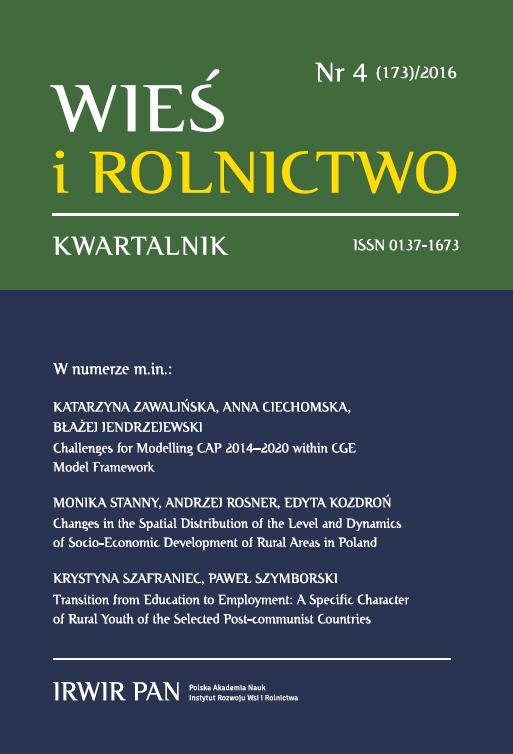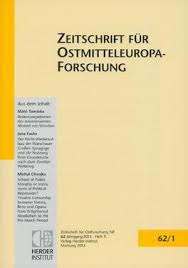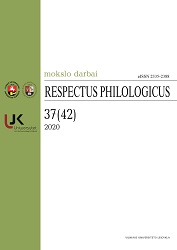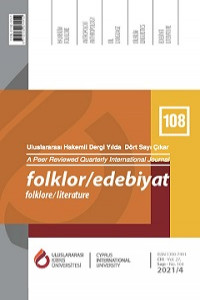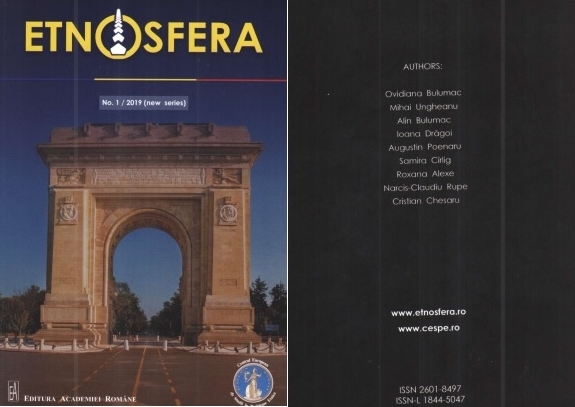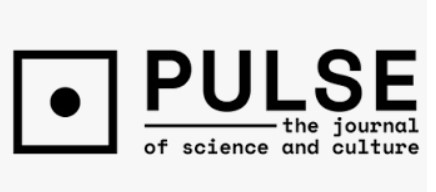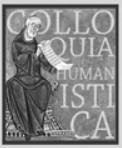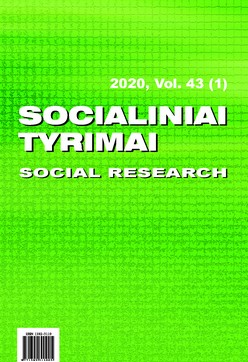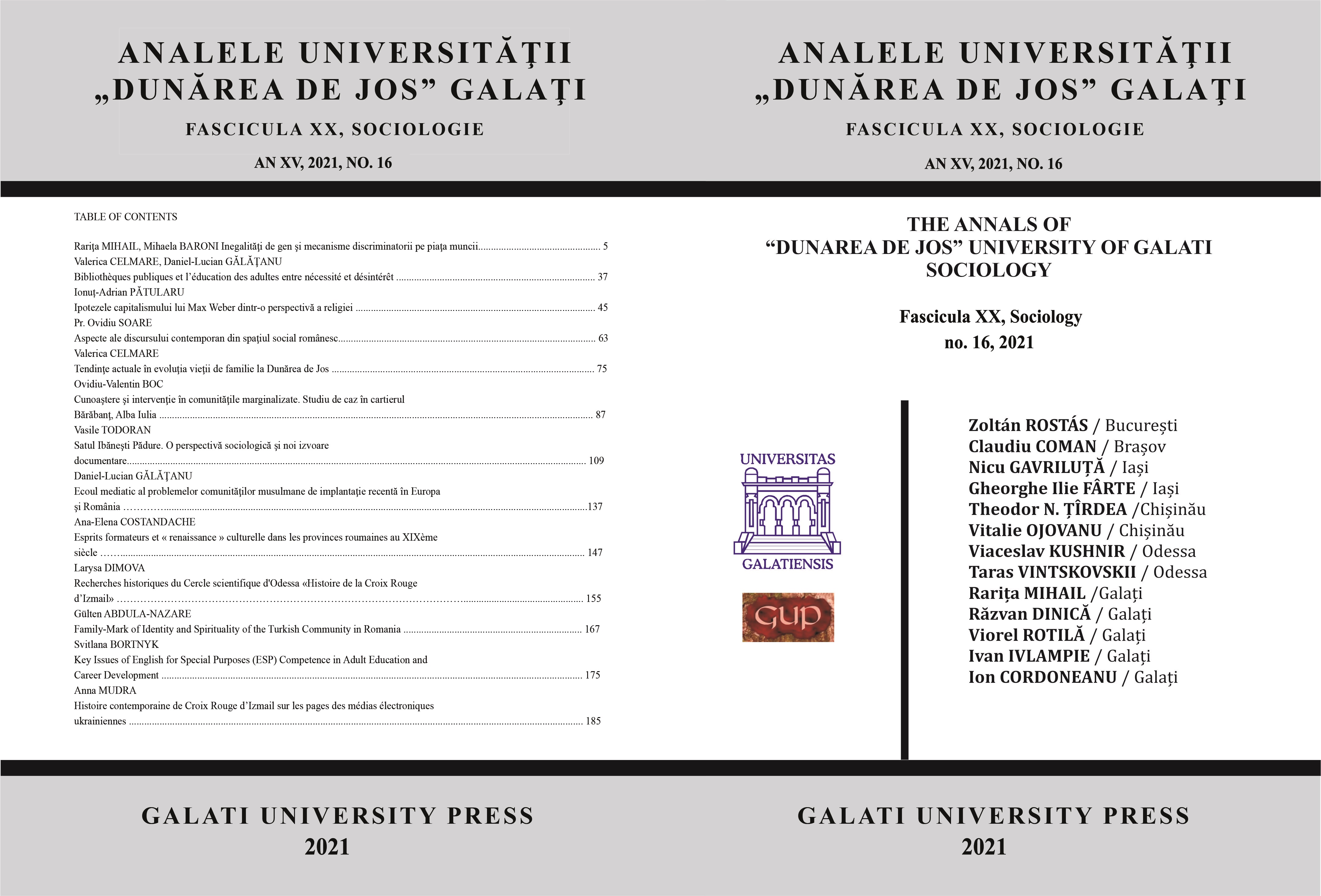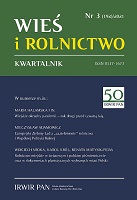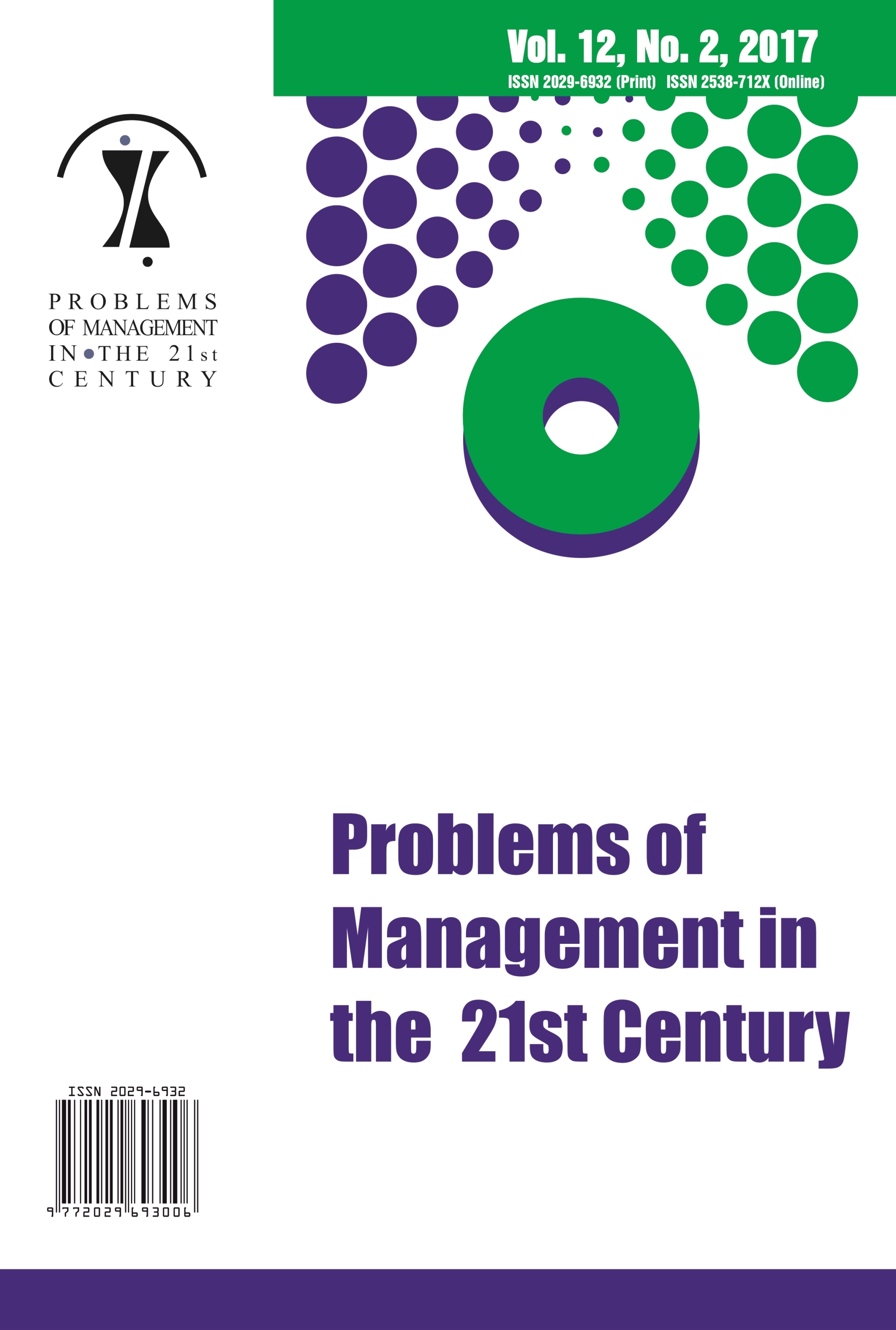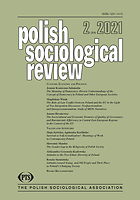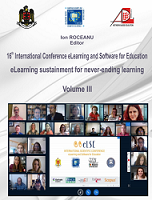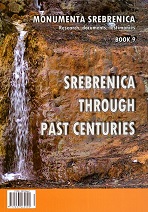Author(s): Elżbieta Kobojek / Language(s): Polish
Issue: 32/2021
The growth of urban populations and the development of cities was typically accompanied by the use of specific construction materials. Their kinds depended mainly on the local resources, which is why many extraction sites were established in the immediate vicinity of cities. As settlements expanded, post-extraction areas were incorporated into city limits. Those areas have had a major impact also on the direction of development. The aim of this paper is to analyse post-mining areas located within the city limits of today’s Łódź, and to assess how they influenced the city’s spatial expansion and contemporary land utilisation. The textile industry boom in the city in the 19th century resulted in a population explosion, from 190 people in 1793 to 600,000 in 1914, i.e., an increase by over 3,000 times in just a century. That entailed an extraordinary demand for construction material. For one hundred years (from mid-19th to mid-20th century) buildings were predominantly constructed using brick fired from glacial till, which was abundant on the surface. That is why brickyards and related extensive pits were established at the city’s outskirts. Extraction pits established within the belt between the city’s 1840 and 1915 limits impacted the urban areas’ development the most. Clay pits, i.e., water-filled recesses, hindered development and the planned expansion of the urban area; they constituted local obstacles. Dense development emerged along routes which ran between the pits. Post-mining areas were the cause of the chaos in the urban planning within the area which was incorporated into Łódź at the turn of the 20th century (a fact which has been often discussed in literature). Even in the 1950s developments had to avoid numerous surviving clay pits. It was only in the latter half of the 20th century that decisions were made regarding their utilisation. In general, within Łódź’s urban area between the 1840 and 1915 city limits there are various green areas, which are intertwined with residential areas or industrial/warehouse sites. The latter half of the 20th century saw the erection of high-rises made of the so-called large panels, the manufacturing of which require large amounts of sand. This material was also excavated within the city limits, though sand pits were predominantly located in the peripheries. Today, post-excavation areas are mostly occupied by green areas, fields, and wastelands. One could conclude that former post-mining (degraded) areas located within the city limits were assigned new value and they acquired new functions, including those particularly important for people’s lives, i.e., green and recreation areas. They are important for urban nature systems, especially now, when faced with climate change.
More...
